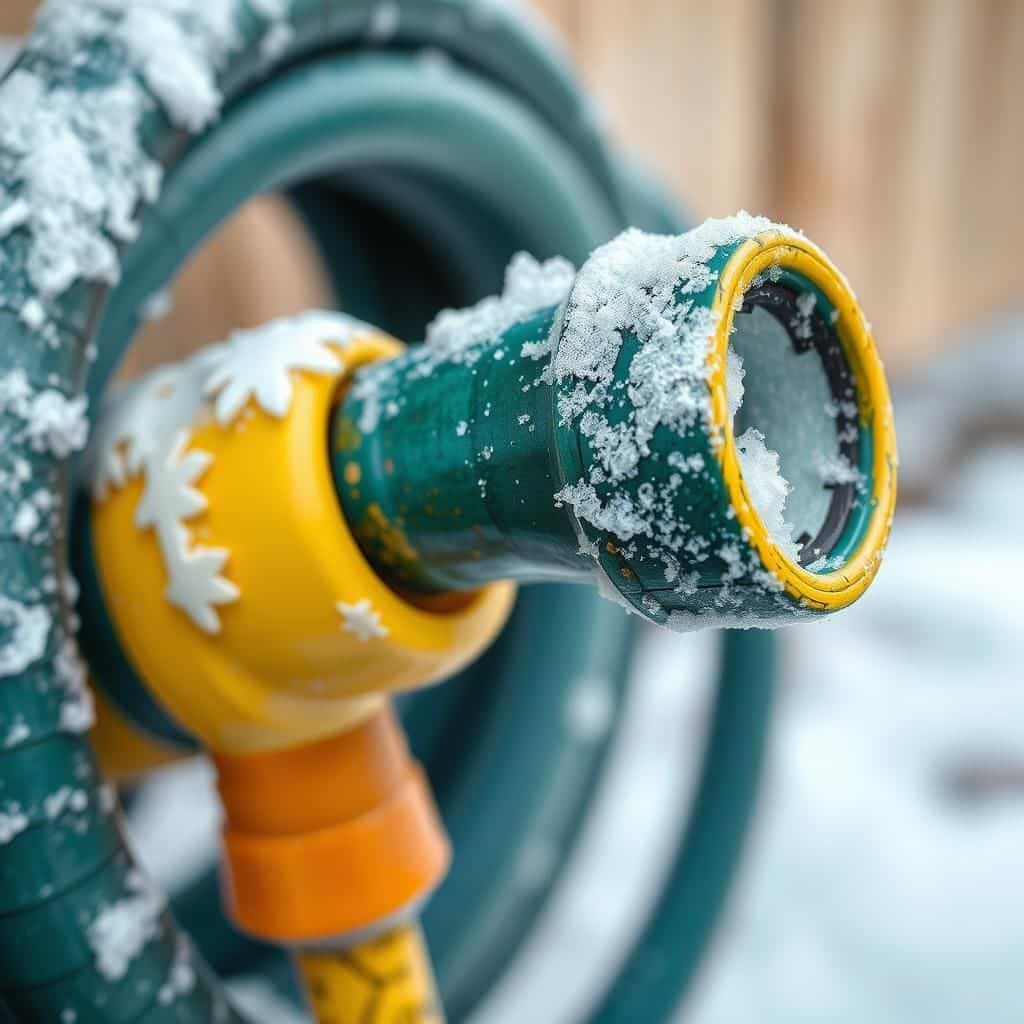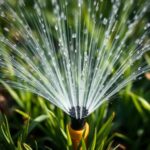What Happens If You Leave a Hose Attached During Winter? Essential Tips for Winterizing Your Garden Hose

As winter approaches, many homeowners turn their attention to seasonal maintenance, often overlooking the simple garden hose. Leaving a hose attached during the colder months can lead to a multitude of problems, including frozen pipes and costly repairs. Understanding the potential risks and taking essential steps to properly winterize your garden hose can prevent damage and extend its lifespan. In this article, we will explore what happens when a hose is left attached during winter and provide practical tips to safeguard your outdoor equipment, ensuring your garden remains healthy and functional when warmer weather returns.
Consequences of Leaving a Hose Attached During Winter
Leaving a hose attached during the winter months can lead to several serious issues. When temperatures drop, any water remaining in the hose can freeze, causing the hose itself to expand and potentially crack. Additionally, the water that freezes inside the faucet or spigot can create pressure, leading to leaks or even pipe bursts. This situation not only affects the hose but can also damage your plumbing system, leading to costly repairs. Furthermore, stagnant water in the hose can become a breeding ground for bacteria and algae, which may pose health risks when the hose is later used for gardening or other purposes.
Risk of Hose Damage
When a hose is left attached in freezing temperatures, it runs the risk of being damaged due to the expansion of frozen water. Many hoses are made from materials that can become brittle in extreme cold, increasing the likelihood of cracks or punctures. As a result, the hose may need to be replaced entirely, leading to extra expenses and hassle for homeowners.
Pipes and Faucets at Risk
Not only does the hose itself suffer when left attached, but the pipes and faucets can also be compromised. Ice formation within the faucet can create pressure that leads to cracks or breaks. If a pipe bursts due to freezing water, it can cause significant water damage and costly repairs, as well as potential hazards like mold growth in the affected areas.
Health Concerns
Stagnant water trapped in a hose during winter can become a breeding ground for bacteria and algae. When the hose is eventually used again, this contaminated water can be sprayed onto plants or into the air, potentially posing health risks to individuals or pets that come into contact with it. Regularly rinsing the hose and properly storing it during winter can mitigate these concerns.
See also:
Reduced Efficiency
Using a hose that has been left attached and potentially damaged can result in reduced efficiency when watering plants or performing tasks like washing a car. Cracks or leaks can reduce water pressure, making it difficult to use the hose effectively. This can lead to extended watering times or inadequate coverage, which is particularly detrimental for gardening enthusiasts.
Costly Repairs
Ignoring the need to detach and properly store hoses can lead to costly repairs in the long run. The expenses incurred from replacing damaged hoses, repairing burst pipes, and addressing water damage can quickly add up. Homeowners might find themselves spending significantly more than simply taking the time to detach and drain the hose at the beginning of the winter season.
| Issue | Potential Consequence |
|---|---|
| Hose Damage | Cracks or punctures, requiring replacement |
| Pipes and Faucets Risk | Cracks or bursts, leading to repairs |
| Health Concerns | Contaminated water posing health risks |
| Reduced Efficiency | Inadequate water flow affecting tasks |
| Costly Repairs | High expenses for repairs and replacements |
Understanding the Risks of Leaving a Hose Attached in Winter
Leaving a garden hose attached during the winter months can lead to a variety of issues that can damage both the hose and your outdoor plumbing system. When temperatures drop, any remaining water inside the hose can freeze, expanding and causing cracks or ruptures in the material. Additionally, any frozen water in the hose can back up into the faucet or spigot, leading to potential leaks or damage to the plumbing system. Winterizing your hose by detaching it, draining any water, and storing it properly is crucial to avoid costly repairs and ensure the longevity of your gardening equipment.
Potential Damage to Hoses
When a hose is left attached during cold weather, the water trapped inside can freeze solid, resulting in cracks or breaks. Most hoses are made of materials that do not withstand extreme cold, and over time, this can lead to significant wear and tear. Consequently, a damaged hose may not be effective for watering your garden in the following season, leading to the need for a costly replacement.
Impact on Faucets and Spigots
A severe issue arises when water freezes inside the spigot or faucet where the hose is connected. If the water expands and exerts pressure on these fixtures, it can result in cracks or complete breakage of the plumbing. This not only requires time-consuming repairs but also may compromise your irrigation system, leading to further complications during the warmer months.
See also:
Increased Risk of Frozen Pipes
Keeping a hose connected during winter can increase the risk of frozen pipes in your home. If the water in the hose freezes and pushes back into the plumbing, it can cause the pipes inside your walls to freeze as well. This can lead to burst pipes, which often result in extensive water damage and costly repairs that a simple hose detachment could have avoided.
Preventive Measures for Winterizing Hoses
To effectively winterize your garden hose, it is essential to detach it from the faucet and drain any residual water. Ensure the hose is completely cleared of water by holding it at an angle, allowing any trapped liquid to exit. After draining, store the hose in a cool, dry place, such as a shed or garage, protected from extreme temperatures, to prolong its lifespan and maintain its integrity.
Benefits of Proper Hose Storage
Proper storage of a garden hose during winter safeguards it against damage, ensuring it remains in optimal condition for the next gardening season. By taking the time to detach, drain, and store the hose, you prevent the costly effects of wear and tear due to freezing conditions. Moreover, maintaining your hose contributes to the overall functionality of your garden's irrigation systems, making your gardening activities more efficient and enjoyable.
Questions from Our Readers
What happens to the hose if it is left attached during winter?
If you leave a hose attached during winter, the water inside the hose can freeze. This can lead to cracking or bursting of the hose, causing potential damage and leaks when it is later used.
Can leaving a hose attached cause damage to the faucet?
Yes, leaving a hose attached can cause damage to the faucet. If water freezes in the hose, it can create back pressure that may lead to breaking the faucet or causing leaks in the plumbing.
See also:
Is it safe to leave a hose attached if it’s drained completely?
Even if the hose is drained, it’s still advisable to disconnect it during winter. Residual moisture can remain and potentially freeze, causing the same risks of damage to both the hose and the faucet.
What are the best practices for protecting hoses in winter?
The best practices for protecting hoses in winter include removing them from faucets, storing them indoors in a dry area, and ensuring they are completely drained before storage to avoid any risk of freezing and damage.

If you want to read more articles like What Happens If You Leave a Hose Attached During Winter? Essential Tips for Winterizing Your Garden Hose, we recommend you check out our Irrigation category.
Leave a Reply
Related Articles